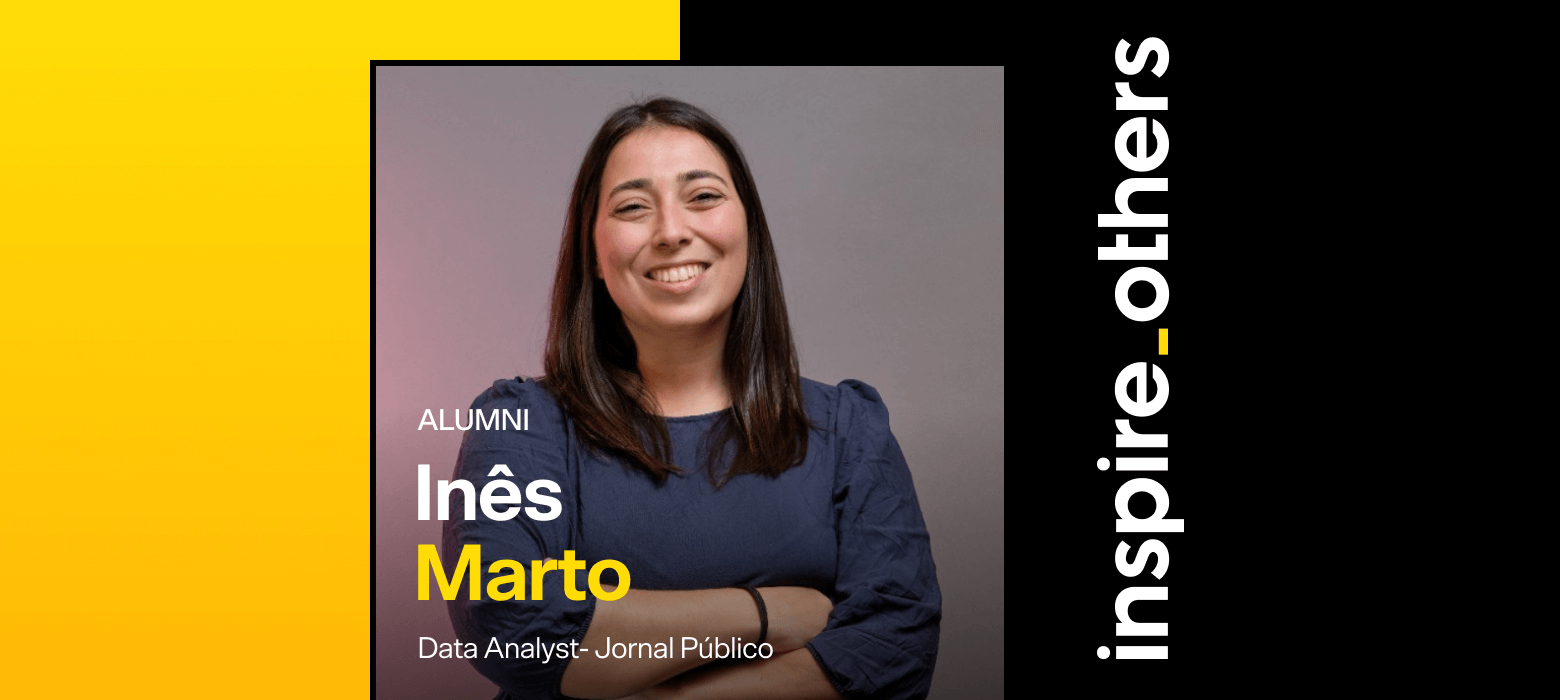When deciding our career, we have everyone asking us “What do you want to do?”, as if by answering that question will solve everything. I can say with all the confidence in the world that most, if not all of us, have no idea what/who we want to be in 5 years, much less 20 years. Many of the choices we make at that point in our life are based on our current ideals and impressions that we have of certain careers. I also guarantee that who you are today is not who you will be tomorrow.
When I started working, I wanted something that would help me consolidate my need to be creative with my desire to be able to pay the bills. I was divided between Graphic Design and Photography. Graphic Design was cheaper to get up and running. Life helped me make the choice. For others, they would have found a way to set themselves up as photographers. The way I was at the time, just didn’t make that possible.
Some simple question to ask yourself:
1. What kind of a designer do you want to be?
When asking this question, I want to understand if they see themselves as a more visual designer or a more data driven designer. Are they more out-of-the-box designers, or by the book? Do they understand the motto that form follows function?
I’m not making any judgment with this questions. I feel it’s really important to identify in what spectrum they see design, it will make a difference in direction of the career.
Many feel that UX Professionals look down on visual minded designers, but in my experience, sometimes a pair of a visual and a data-minded designer can be an incredible mix as each can focus really well in different parts of the experience. I’ve seen it help each get better at their craft. At this point, I’m also not expecting to define a job title or position, that comes later.
2. Where do you currently stand in reaching that goal?
Identifying how far we are from our goal is important, but it’s also to get a clear understanding of what your starting point is, so that you have a baseline comparison of where you started.
If you tell me you want to be more data driven, but you’ve never learned or practiced looking at data or interviewing users, then it’s clear that’s where you need to focus to reach your objective. The same goes if you want to be more visual but have never designed any visuals.
The good news, if you want to be a “fullstack” designer, there are tons of opportunities as almost everyone is looking for exactly that… the harsh truth that I’ve learnt from myself and other professionals, most of us in a fullstack position will almost always feel like we’re not putting out our best work. It can even feel like you’re producing work that’s good enough to just get by. I’ve seen this happen in most cases unless you work without deadlines.
3. Are you ready to fail and learn?
It’s a question that seems to be popping up a lot with Lean and Agile methodologies, but the truth is that you will fail a few times… maybe many times. It’s actually a good thing, if you actually learn from those failures.
I’ve often made plans, even if it’s in my mind “I want to be in position X in 5 years”, “I want to transition careers in 2 years”, but when push came to shove, almost all those plans had an extra year or more on top. Prepare yourself to keep pushing forward, even when it seems like all hope is lost. When I say to keep pushing, I don’t mean to keep doing exactly the same you’ve been doing, you will need to keep adapting, because chances are, you’re not doing something right, or you haven’t learnt a skill as well as you though.
During the journey, ask for advice often and listen to that advice. Find more than one avenue of advice, because different people have had different experiences. Even this article will help some, and probably do absolutely nothing for others. I’ve accepted that and so should you…















